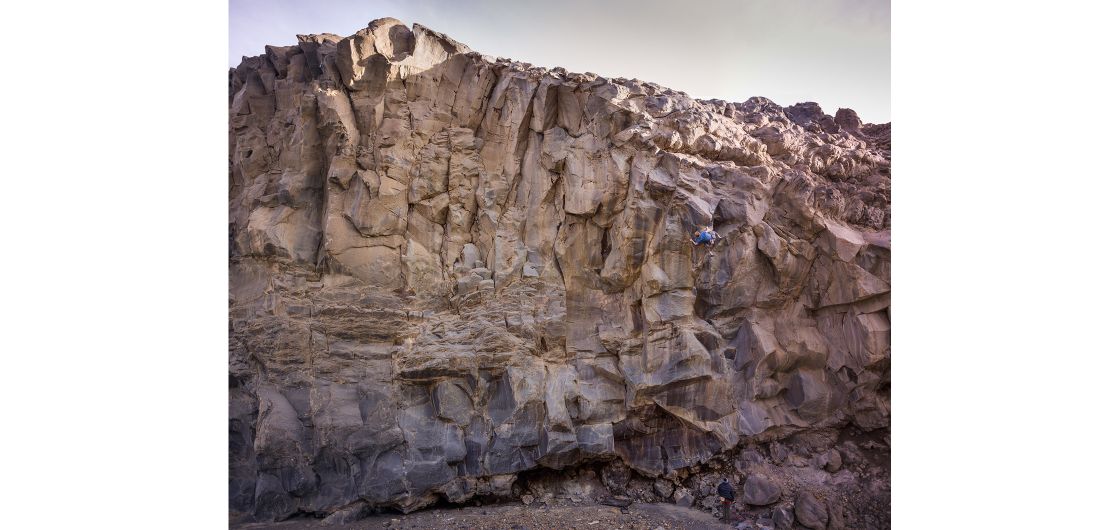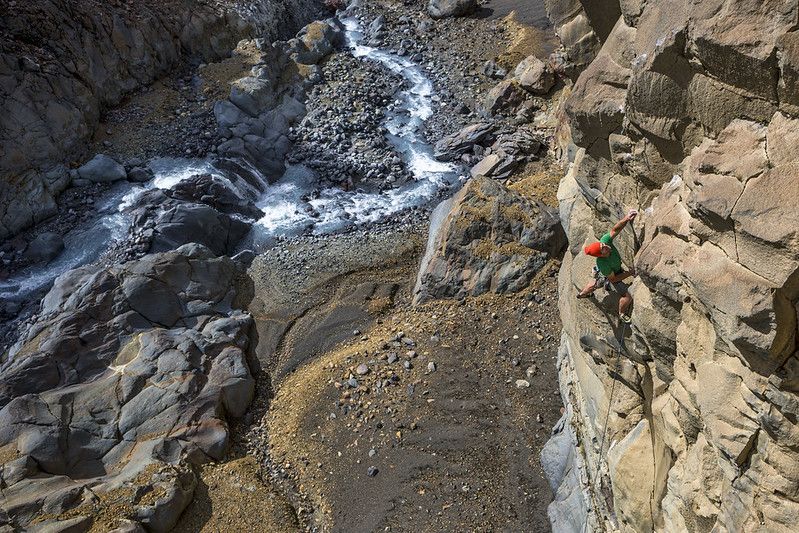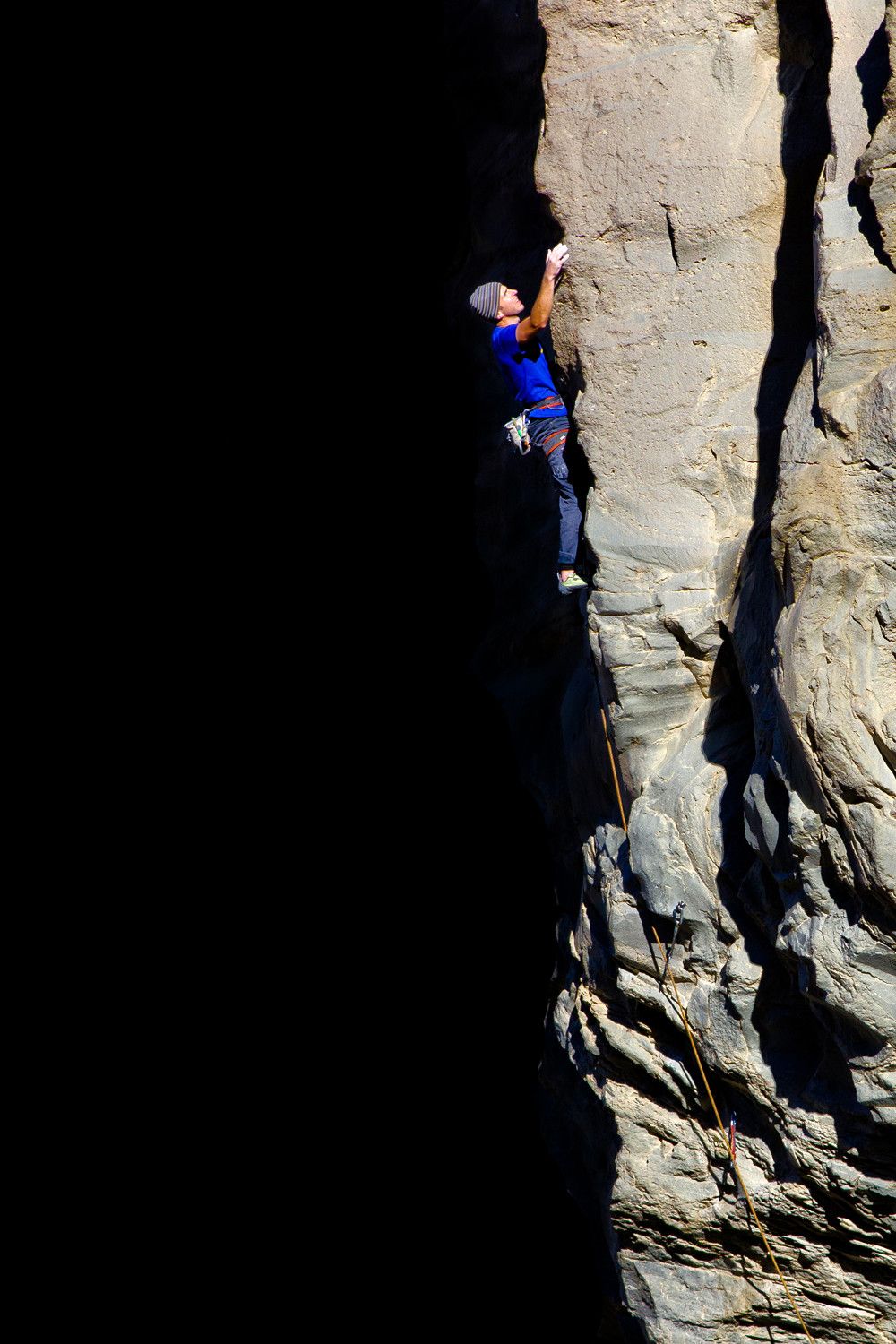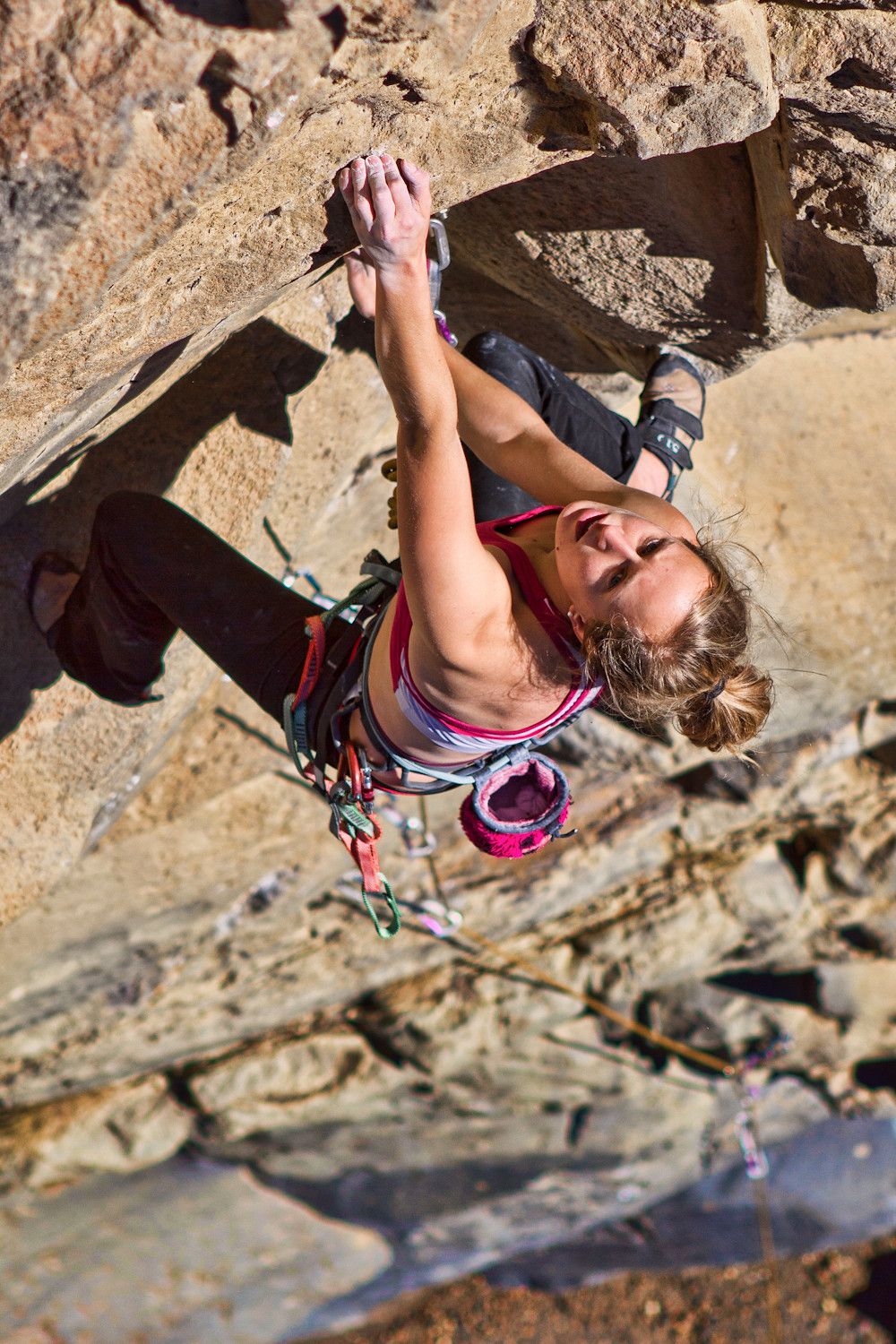
Crag Of The Month - Wall Of Sound
The Wall Of Sound is on the eastern, Tukino side of Mt Ruapehu, in the central North Island. The crag is made up of predominantly solid andesite, which in places has been polished to an unusual degree. This isn't glacial polishing, but rather the action of volcanic lahars. The crag sits in the upper reaches of the Whangaehu River, the main lahar channel in the event of a crater wall breach of what is an active volcano. If you think this isn't something to take seriously, try googling 'Tangiwai Disaster'.

This unique setting is what gives the Wall Of Sound its unique character. The Tukino side of Ruapehu is an arid, barren landscape which would make a great film set for a movie about Mars. Nestled within this, the upper stretches of the Whangaehu River smell strongly of sulphur and as you approach the crag from 'Tukino Village' through canyons of stacked choss and slopes of tephra, there is a tangible sense of wild isolation and adventure. The nearby waterfall and frequent wind are the permanent soundtrack here and how the wall got its name. While the crag itself isn't extensive, the 13 or so routes present are of a consistently high quality, with technical moves on uniquely featured rock. The crag was largely developed by John Palmer and a bunch of Wellingtonian ring-ins, so you can blame him for the obscure music references in the names of the routes.

Access to the Wall Of sound is via Tukino Skifield. As this is a private field, the road is unsealed and has a locked gate. A 4WD vehicle is recommended. Tukino Alpine Sports Club has a lodge on the mountain and offer NZAC members affiliated rates. Visit their website for details on accommodation and key access for the gate.
Check Geonet for the volcanic alert level before visiting.
As the crag sits above 1500m, the best season is summer and autumn (there is more seepage in spring). Conditions here can be tricky, as the crag faces north and receives sun for much of the day, often quickly becoming cold once the sun leaves in late afternoon. Your best bet is usually climbing in the sun with a bit of wind to keep the temperature down.
Recommended Routes:

Komakino (23), 14m 8b
Some unpleasant rock at the start shouldn't put you off trying this one. The upper section of the route is a beautiful, sequencey arête with memorable climbing. While it might be easier to bail left onto the top of Himawari, to earn your tick and experience the best the route has to offer, stay on the mini face and using the arête all the way. If it feels hard for the grade, you're probably in the right place…

File Under Easy Listening (24), 22m 9b
This is one of the lines of the crag, its great quality only let down by reasonably common seepage at the middle section. If it looks a little wet in that section, it is often still climbable. Follows the obvious seam all the way to the top of the crag, with bouldery sections separated by decent rest positions. This is a great one to try and onsight and gives a good fight.

Shoegaze (27), 22m 9b
This route tackles the prominent central arête feature in the middle of the crag. A tricky opening boulder problem in the shallow groove at the start leads to easier climbing and a good rest before the superlative arête section kicks in. Enjoy the superb climbing position and committing moves on the upper section.
Bleeding Star (27), 17m 6b
Another John Palmer special, this demanding, technical route tests all parts of your climbing skills repertoire and is a rewarding tick. Style up the relatively easy start to a compression boulder and increasing weirdness on holds so smooth they could be made of porcelain.
The Jean-Paul Sartre Experience (28), 18m 7b
As the guidebook says 'One of the hardest climbs here and a fairly surreal proposition up the blank glazed arête. Weird body-stemming gets you onto the bulge, then gallop up the corner and slightly right to a rest before applying wizardry up the hanging arête.' Sounds like fun?
This one doesn't get many ascents, so get on it.
